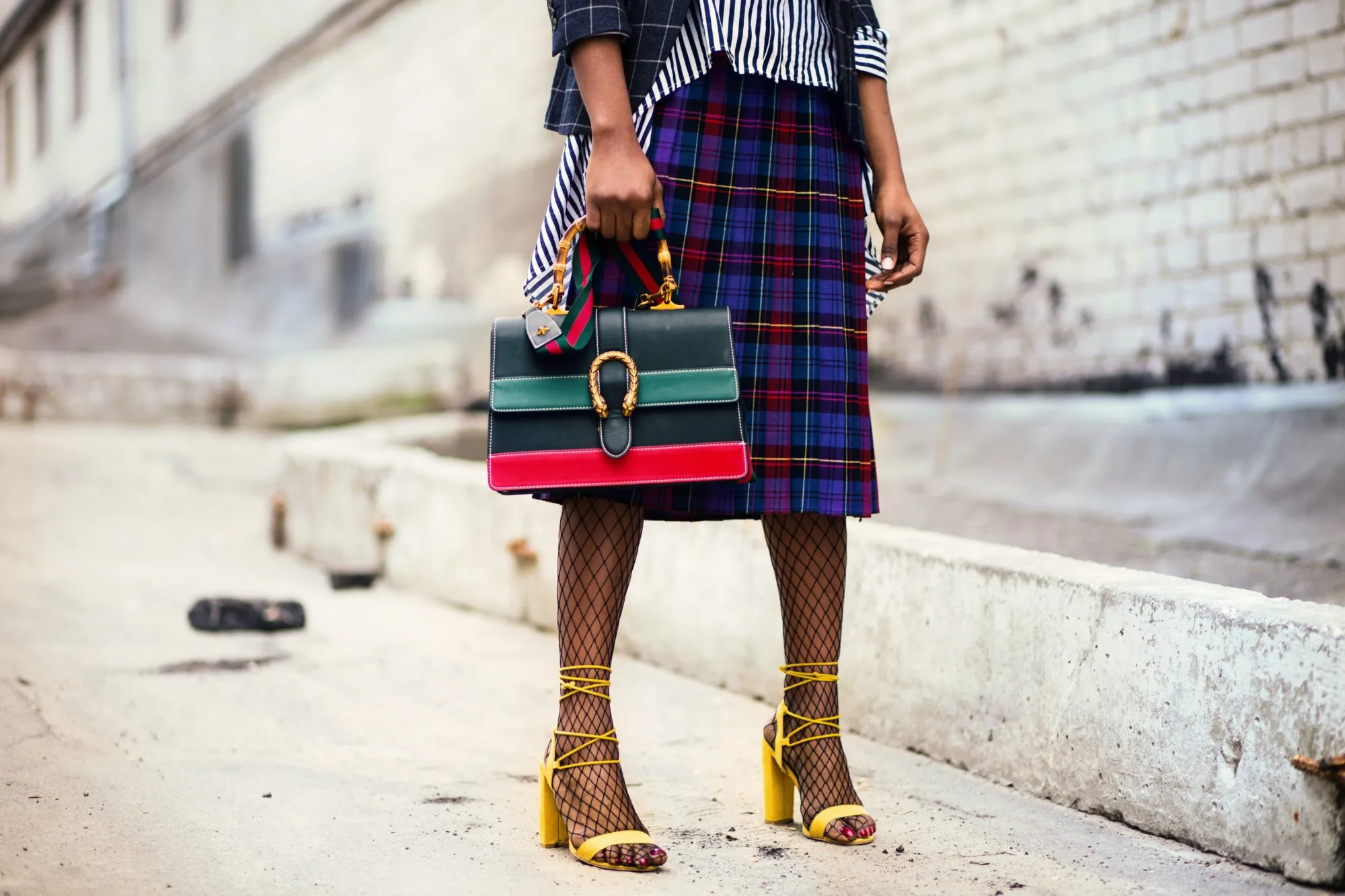Get access to stylish, good-quality items and learn how to take care of them, so they last longer. Help curb the environmental and humanitarian problem that is fast fashion. Help support people for whom this is an income. Enjoy genuine designer items for a quarter of their initial selling price. Save gallons of water, save money, and even generate some extra cash while you’re at it. All of this is possible for you if you are willing to change the way you shop. Buying vintage or thrift items will open up a world of wonders you never knew you would have access to. You just need to know how to navigate it. And this is where you can learn how to do that.
Fashion is something I’ve loved passionately for many years.
And I know I’m not alone
Finding the perfect pair of jeans or thigh-high felt boots on sale gives me a massive thrill. However, as I’ve gotten older, I’ve become more conscious of where I decide to spend my writer’s salary. Because – love of fashion aside – while obvious reasons render it important for humans to be clothed, the way clothes are created today is unfortunately far from sustainable. As sad as it is, the fashion industry contributes to environmental damage on a massive scale. It also has a bad reputation when it comes to how its workers are treated.
First, it takes a massive amount of water to successfully create different fashion items. According to the World Resources Institute, making just one cotton shirt requires 2700 liters of water. To put this into perspective, the average person will need about 2.5 years to drink that amount. Second, reports show that consumers keep their clothing items only about half as long as they did 15 years ago. This is true across nearly every apparel category. Estimates put the discard on a low-priced item after just seven or eight wears.
Besides, when clothing items get thrown away, they rarely get recycled.
Approximately three-fifths of all clothes finally end up in landfills or incinerators, only a few years after they’ve been created.  And third, retail clothing companies often source their items from factories where workers function under deplorable circumstances. When Forbes launched an investigation into this, they discovered that, in this sector, many countries have few structures put in place to protect the workers and underage persons employed by it. This was particularly true in the countries that engage in mass production of these items.
And third, retail clothing companies often source their items from factories where workers function under deplorable circumstances. When Forbes launched an investigation into this, they discovered that, in this sector, many countries have few structures put in place to protect the workers and underage persons employed by it. This was particularly true in the countries that engage in mass production of these items.
Consequently, women and young workers are trapped in poverty. Some of these workers spend 14 hours a day in sweatshops in exchange for $3. There are plenty of problems presented by fast fashion, and what you can do to hold clothing companies accountable. All things considered, it’s safe to say we cannot continue shopping the way we do now.
This is where thrift buying comes in
Thrift makes it possible to:
- shop sustainably
- build a decent wardrobe, and
- enjoy good quality items at a fraction of the price
It’s even gotten its own growing hashtag on Instagram, “thriftstagram” where consumers can find more items at affordable prices. And it keeps growing in popularity in different regions.
Here’s what you need to know about thrift buying or selling:
1. You can find some real gems if you know where to look
 I can safely say that I’ve found some of the best items in my closet in well-organized vintage sales. This includes truly unique, tailored, well-cut designer items that receive a healthy amount of care throughout their life with their first owner.
I can safely say that I’ve found some of the best items in my closet in well-organized vintage sales. This includes truly unique, tailored, well-cut designer items that receive a healthy amount of care throughout their life with their first owner.
While it may be tempting to buy a modern piece that resembles items you see in stores today – and in many places, you’ll see a lot of this – that’s not where you should be spending your money. In other words, if you are going to buy something second-hand, make sure they tick the following boxes:
- the item is in mint condition (no burn holes, stains, tears, missing elements, or fraying corners)
- it’s made from durable, good quality material. It’s best to opt for natural fabrics like wool, silk, linen, 100% cotton, and leather.
- it will complement the rest of your wardrobe.
- it fits you like a glove and needs no adjustments
- the item actually suits your style
From my experience, it’s best to buy classic items that can build up and enhance your wardrobe, and which can be worn in multiple ways. My favorite thrift finds include items like a tailored black blazer, a Chanel-style tweed jacket, a white linen blouse with puffy sleeves, genuine leather ankle boots, and retro-style boyfriend jeans with sequence embroidery.
2. Don’t buy it just because it’s cheap
You might find something of which the price seems incredible, and you take it just for that reason. But you end up never wearing it because it doesn’t really suit your style, or because it doesn’t fit you properly. Don’t jump for something that you don’t really want in favor of its price.
3. Do your research
By positioning yourself well and arming yourself with the right knowledge, you will be ready to shop effectively for great vintage or thrift pieces. Thankfully, thrift buying is growing more and more all over the world. Another aspect of thrifting is that you can also sell your own items that you’re no longer wearing. With a little bit of research on your area, you can find organizations, companies, or private people who will be able to help you get sorted.
Each time you buy an item second-hand, you save a massive amount of carbon, water, and waste.
Far Fetched is an organization that aims to empower and educate consumers on their power within the fashion industry. They also connect consumers with stunning second-hand finds. Shop through their channel to find out how much you’ve saved by buying thrift.
Want to know more?
These fashion brands are trying to save marine life.
References:
Drew, D., Yehounme, G. 2017. World Resources Institute. The Apparel Industry’s Environmental Impact in 6 Graphics. https://www.wri.org/blog/2017/07/apparel-industrys-environmental-impact-6-graphics
Remy, E., Speelman, E., Swartz, S. 2016. McKinsey & Co. Style that’s sustainable: a new fast fashion formula. https://www.mckinsey.com/business-functions/sustainability/our-insights/style-thats-sustainable-a-new-fast-fashion-formula#






![women [longevity live]](https://longevitylive.com/wp-content/uploads/2020/01/photo-of-women-walking-down-the-street-1116984-100x100.jpg)









